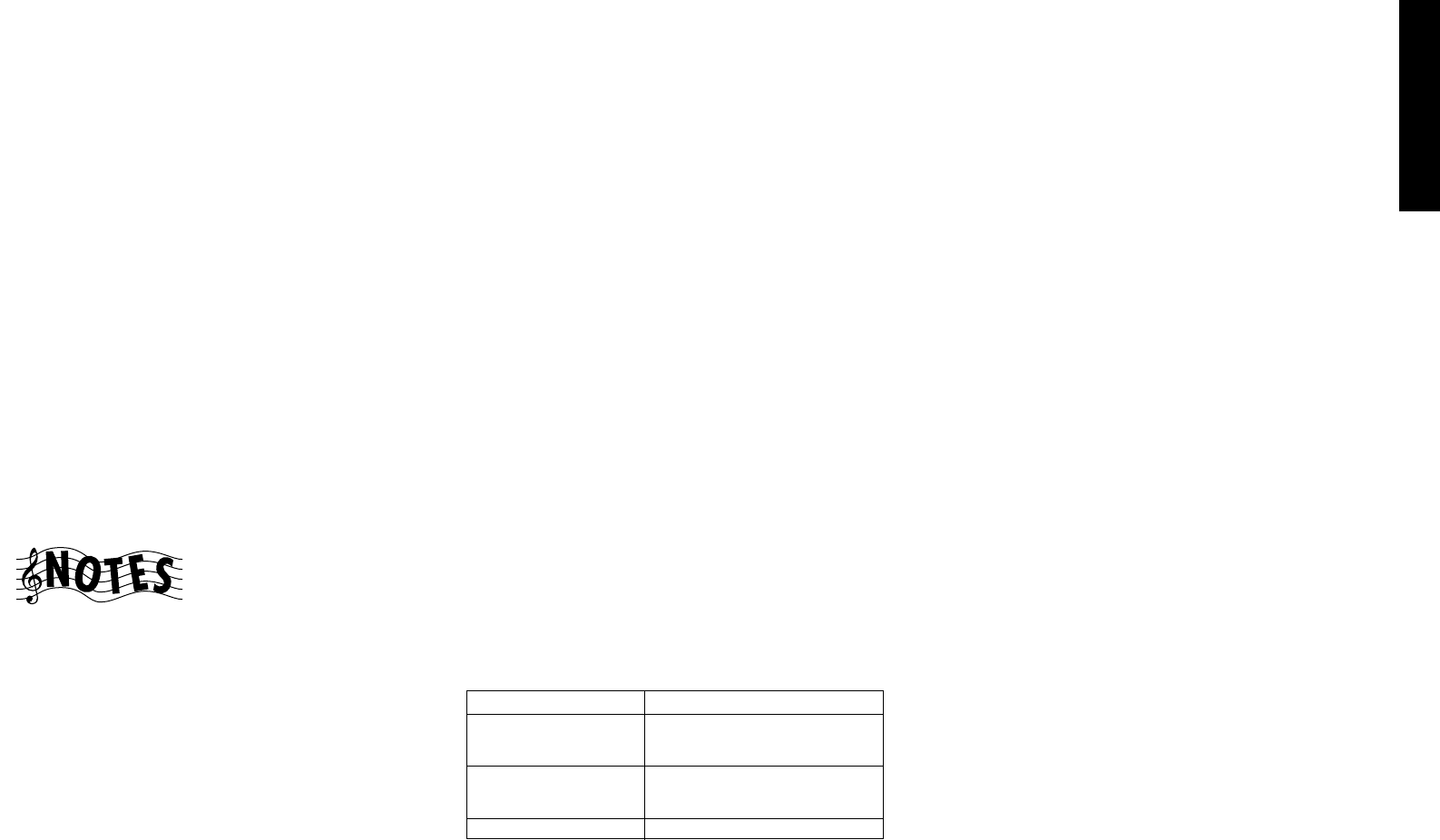
1
Chapter One : Connecting Your Devices
Connections
Chapter One: Connecting Your Devices
Welcome to the Kenwood KRF-X9995D Connection and
Setup Guide. This chapter guides you through connecting
your home entertainment devices to your new Kenwood
audio-video receiver.
Once all your devices are connected, you can set up the
PowerTouch (see Chapter Two).
Refer to the following pages for details on connecting these
devices:
Speakers page 4
TV page 10
VCR(s) page 14
CD Player, Kenwood 200-Disc Changer page 16
DVD Player page 18
CD-R Recorder page 20
MD Recorder page 22
Tape Deck(s) page 22
Laser Disc Player page 26
Turntable page 30
Camcorder/Second VCR page 31
Antennas page 33
All necessary cables should be provided with your home
entertainment device (not with your new receiver). If you
do not have the correct cables, you may purchase these
cables from any home entertainment store.
To make coaxial digital connections, be sure to use a high-
quality digital audio cable, not a standard audio cable.
Do not plug in the receiver or any other device to AC power
until all connections have been made. Once all devices have
been connected, you may plug them in and provide power.
Important:
Be sure to adhere followings, or proper ventilation will be
blocked causing damage or fire hazard.
Do not place any objects impairing heat radiation onto the
top of unit.
Leave a space around the unit (from the largest outside di-
mension including projection) equal or greater than, shown
below.
Top panel : 50 cm Side panel : 10 cm Back panel : 10 cm
Do not install your receiver where direct sunlight or high fre-
quency fluorescent lighting can shine directly into the remote
sensor. This can cause your new receiver to malfunction.
Before You Begin
This manual covers the most common and standard con-
nections to the receiver. Because of its versatility, you may
decide to connect your devices differently.
Video Connections
This receiver incorporates Kenwood's exclusive Universal
Video HD, which converts between composite, S-Video and
component video formats. This simplifies operation, and
maintains the highest possible video quality while requir-
ing only a single connection between the receiver and your
TV. Video format conversion is performed according to the
following chart:
If several video connections are made, one of them will be
selected based on the priority 3, 2, and 1.
• Component video connections provide the best video
quality; S-Video connections provide video quality that
is superior to standard composite video connections.
We recommend using the highest quality connection
possible between the receiver and your TV.
• Since component video inputs are not downconverted
to S-Video or composite video, if you want to record
components connected via component video inputs you
must also connect that component's S-Video or com-
posite video outputs to the receiver.
• If you plan on using the KRF-X9995D in a Dual-Zone
application (see Chapter Four), you must use the com-
posite video connections in addition to any component
video and S-Video connections for all source compo-
nents. Only video sources connected to the receiver with
composite video connections can be viewed in the sec-
ond zone.
Video input signal type Appears at these video outputs
1 Composite Video Composite
S-Video
Component Video
2 S-Video Composite
S-Video
Component Video
3 Component Video Component Video


















